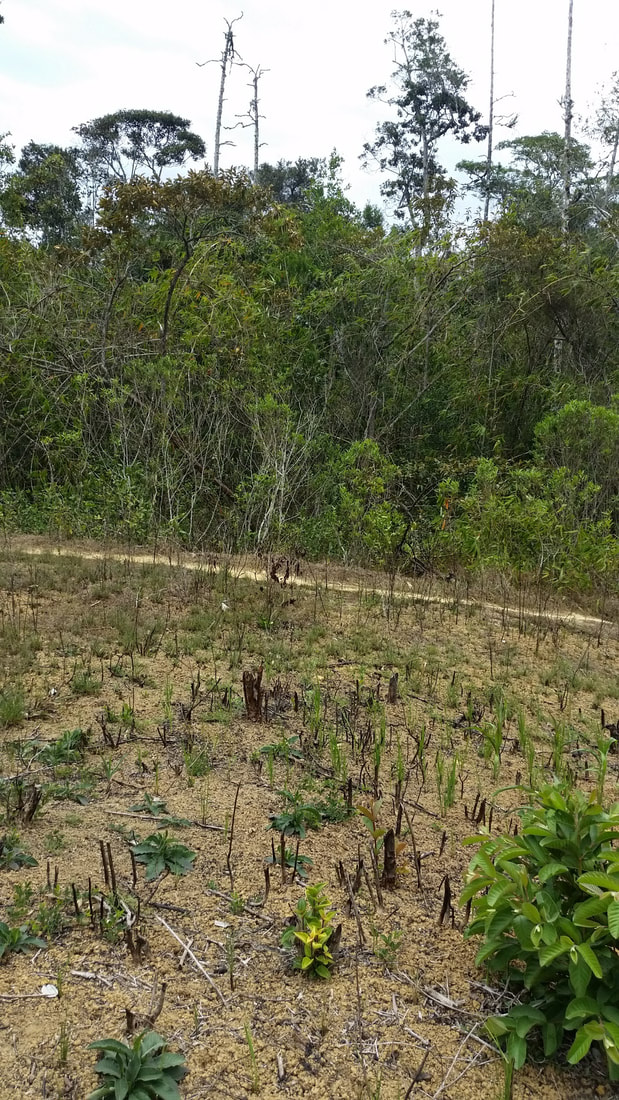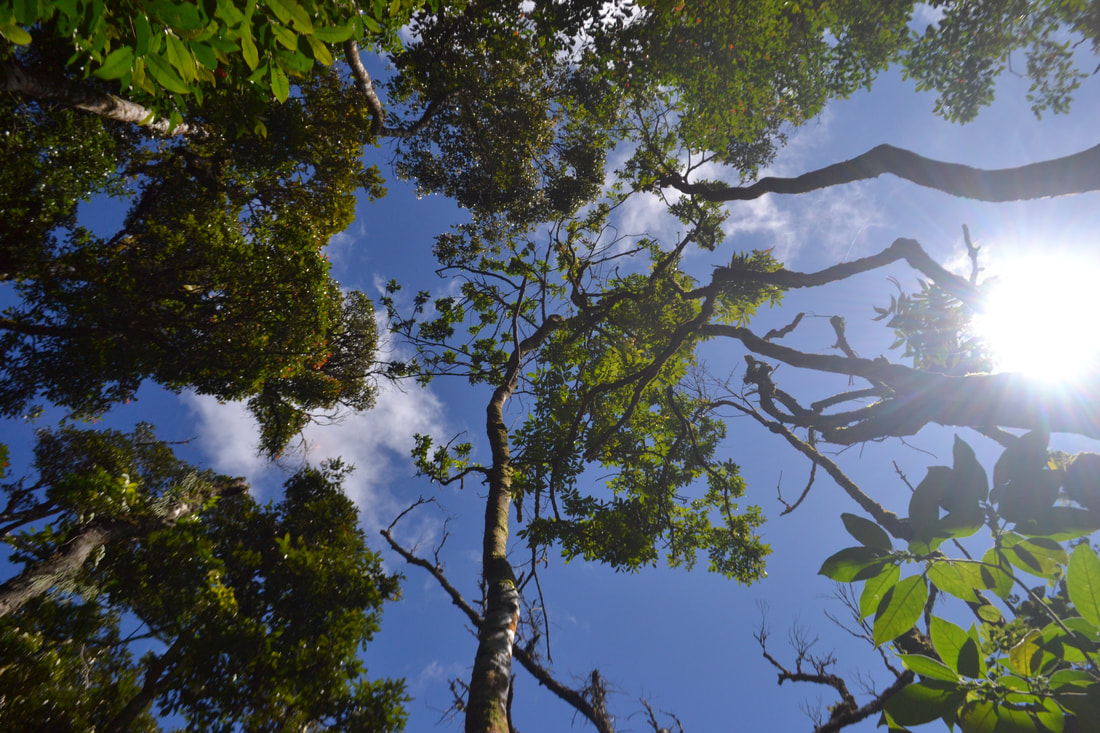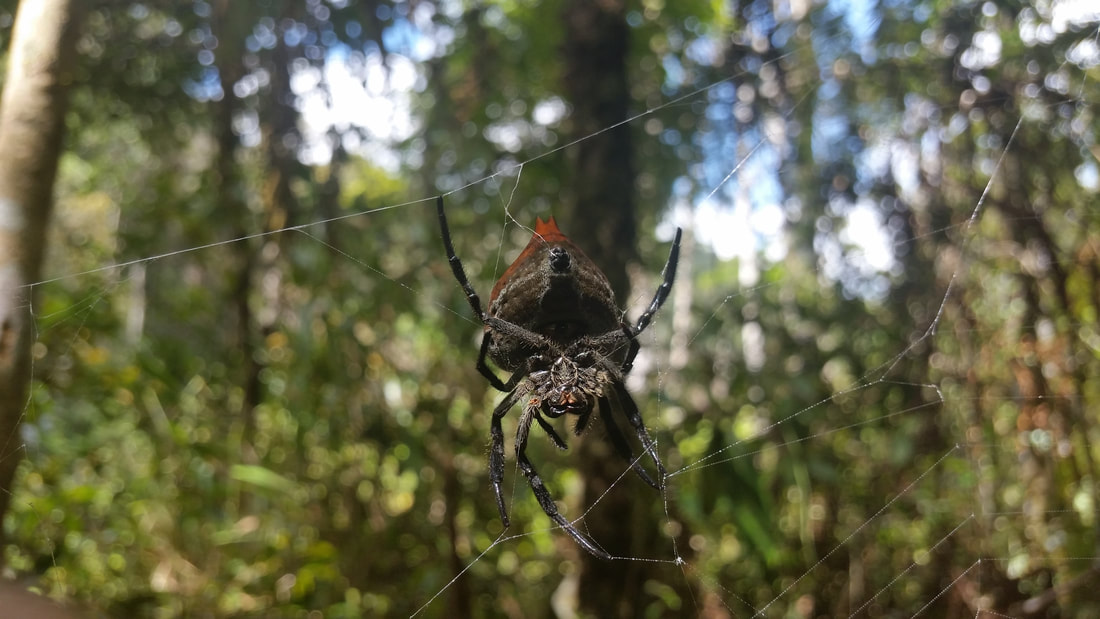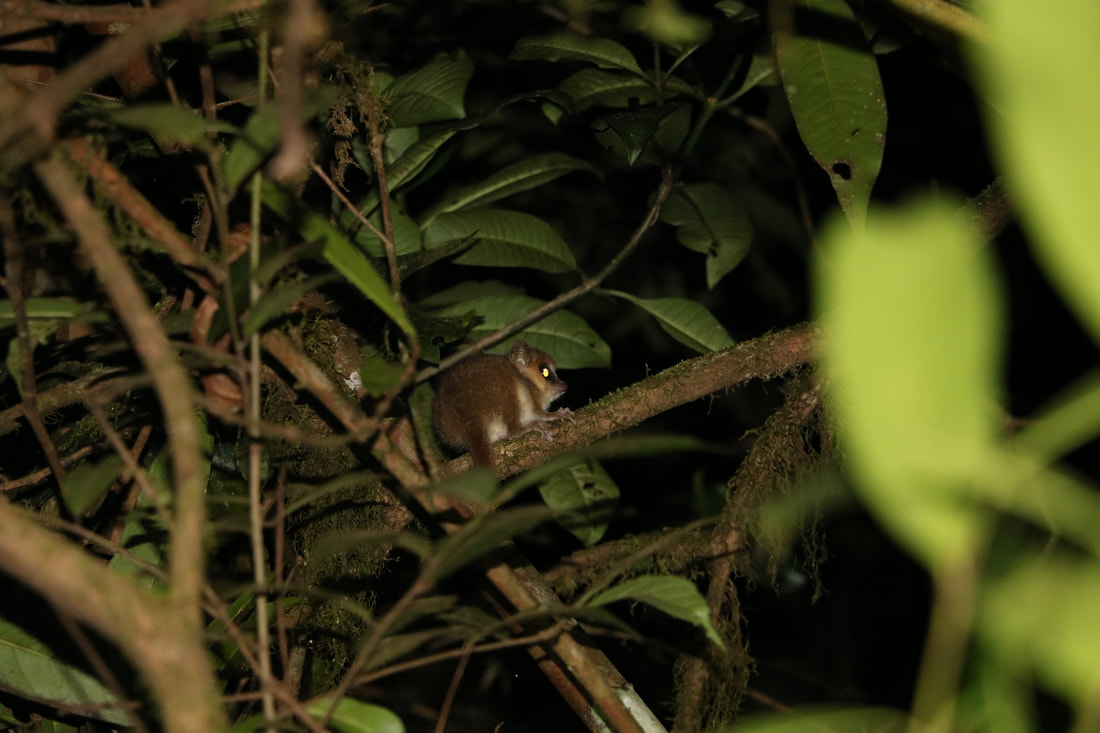|
We're happy to welcome Dr. Jadelys Tonos as a postdoc in the lab. she recently graduated from Rice University with a PhD in Ecology and Evolutionary Biology, investigating the drivers and consequences of animal foraging behavior on seed dispersal and plant community composition.
We have a new paper in Oikos examining how space and variation between individual plants affect movement and visitation by frugivores foraging on individual fruiting plants.
We have a new paper in the Frontiers of Ecology and Evolution investigating how differences between frugivore communities at the forest edge and interior habitats of a diverse tropical rainforest relate to patterns of animal-mediated seed dispersal and early seedling recruitment.
We have a new paper in the journal Forest Policy and Economics reviewing the links between forests / tree-based systems and poverty dynamics.
Highlights:
We have a new paper in Nature Correspondence discussing the dilemma of African scholars regarding publishing open access.
We have a new paper in Forest Policy and Economics addressing the "need for greater integration of forests and trees in development policy"
We have a new paper in the International Journal of Primatology investigating several aspects of the microhabitat structure that the rufous mouse lemur (Microcebus rufus) might prefer and examining how this structural preference varies across a heterogeneous landscape of forests with different disturbance levels.
Congratulations to PhD student Vero Ramananjato for being selected a Train Faculty Fellow by WWF's Education for Nature program and awarded the African Graduate Research Fund from the American Society of Mammalogists. She was also selected as as an AAUW fellow and an International Peace Scholar for the 2021-22 academic year, and received a Rufford Grant for Nature Conservation to support her PhD research studying the ecology of Microcebus rufus, one of the smallest primates on Earth, in the rainforests of Ranomafana Madagascar.
We have a new paper in Forest Policy and Economics highlighting "five research priorities that require urgent attention if policy makers and practitioners were to realize the potential for forests and tree-based systems to contribute to poverty alleviation"
|










 RSS Feed
RSS Feed
